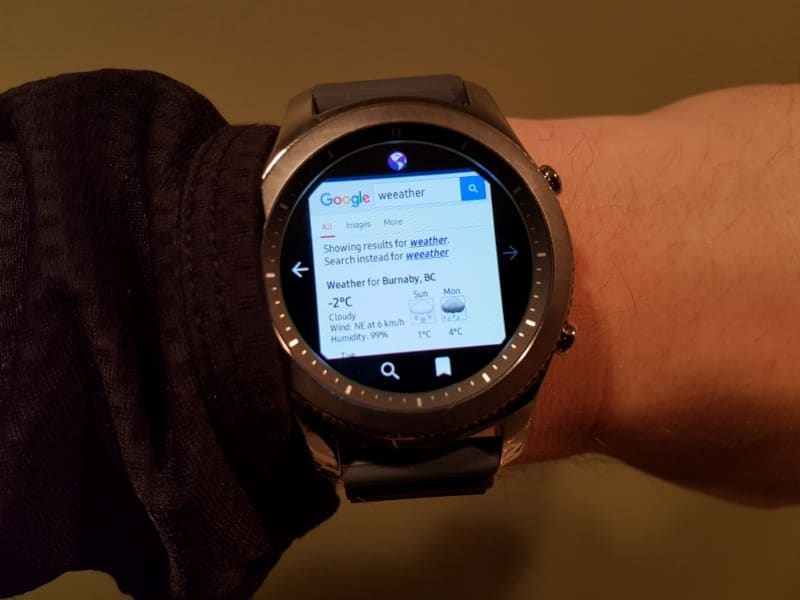When determining what type of running shoe, sneaker or training shoe that is best for you, you should focus on the sports you are participating in, your gait and the structure of your foot’s arch. This will determine the amount of cushioning and support needed for optimal comfort and performance.
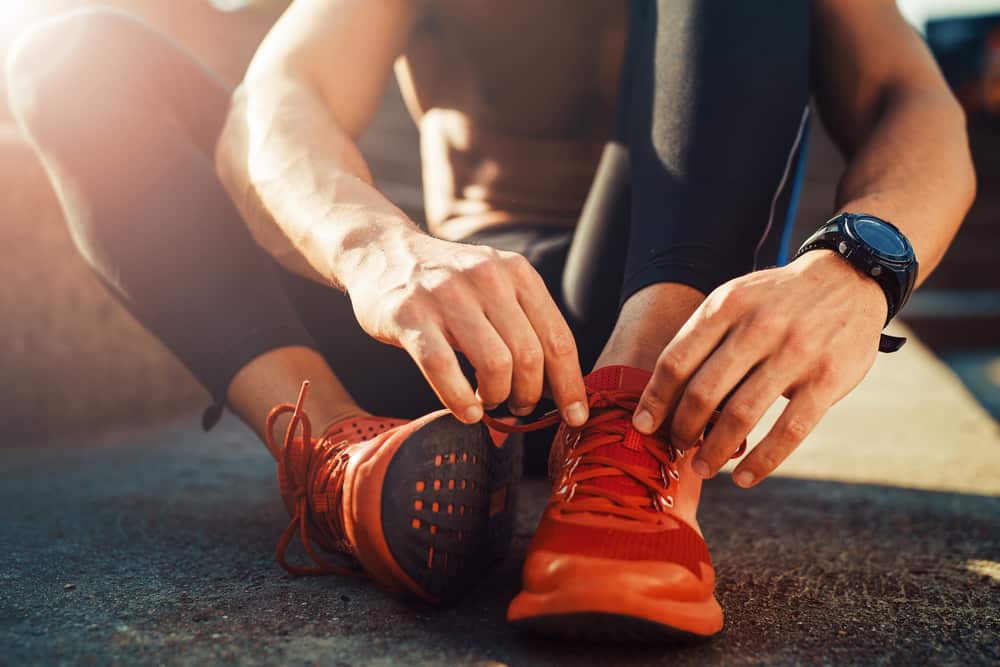
It is extremely important to have the proper athletic shoes or sneakers in order to have maximum performance and shock absorption and to avoid injuries to the heel, foot, or ankle such as shin splints and tendonitis. Different sports can cause different stresses on different parts of the body and this can cause different types of injuries.
Thus, it is essential that if you are participating in a specific sport more than several times a week that you are using a type of shoe that is specially made for the sport you are enjoying.
A silly but funny story that relates to athletic shoes such as sneakers or training shoes is that since I am usually walking from the subway station to my office every day I wear running shoes until I get to work when I change into dress shoes that are appropriate for the office. Because of this, I often leave many pairs of dress shoes under my work desk.
When I went on vacation for two weeks recently it turns out that the office manager was moving all the desks around to try to increase efficiency.
When she got to my desk it turned out that I had accumulated 25 pairs of dress shoes near my desk that she had to store in a large box under my desk until I returned from vacation. When I returned to work I was the “joke” of the entire office for being the “shoe store man.”
As you can imagine, I wound up taking all of my stored shoes home and to this day wearing nothing but running shoes or sneakers all day at work and during my commute from home.
Table of Contents
- Running Shoes
- Barefoot Running Shoes aka Minimalistic Running Shoes
-
Frequently Asked Questions About Types of Athletic Shoes
- What is the general definition of a running shoe?
- What is the normal lifespan for a running shoe?
- Can You recycle your running shoes?
- Can You Use Running Shoes for Aerobics?
- Can You Use Running Shoes When Playing Basketball?
- What is Cross Training and Can You Use Running Shoes When Cross Training?
- Can Running Shoes be Used for Hiking?
- Can Running Shoes be used for Tennis?
- What is Gait Analysis?
- What is Pronation of the Foot?
- Where to Buy Athletic/Running Shoes
Running Shoes
There are 3 basic types of running shoes on the market today: Neutral Shoes, Stability Shoes, and Motion Controlled Shoes:
Neutral Running Shoes
Click image for more info
Neutral running shoes are usually recommended for runners who have normal arches of the foot and what is called a “neutral” pattern when they run.
This means that when they jog or run the outer part of their heel naturally contacts the ground first and then rolls inward about fifteen degrees with the rest of the foot flatly contacting the ground and the foot then pushing off from the ground in conjunction with all the toes.
This inward motion of the foot is called pronation.
It is estimated that from 50 to 60 percent of runners have a “neutral” running style.
Neutral running shoes usually have most of their cushioning in the heel since the entire foot contacts the ground evenly with an even distribution of weight and so no additional padding is usually necessary for the rest of the foot.
Neutral running shoes are usually lighter than other types of running shoes since they contain fewer supporting structures such as plastic posts which are designed to enhance stability.
They can also be either curved or semi-curved which means that the entire sole of the shoe does not contact the ground all at once which allows for faster running.
To determine if you require neutral running shoes, you can either have your running gait analyzed on a treadmill by a professional at a running store, or you can self-analyze how your feet lay when standing flat in your regular shoes.
When you are examining your foot position wearing your normal shoes, if your feet face forward in a straight manner you are most likely a neutral runner.
Stability Running Shoes
Click image for more info
Stability running shoes are designed to provide a certain level of stability for runners who may have problems maintaining good arch support while running.
These types of runners are in the class of runners who are known as pronators which means that they tend to overpronate (flatten) their feet while running.
Stability running shoes provide lightweight extra support in the arch and heel areas to keep the arch elevated.
This tends to make for a heavier running shoe that is both cushioned and comfortable.
Motion Control Running Shoes
Click image for more info
Motion control running shoes are most useful for those runners who have severely flat feet which are also known as “over-pronation.”
This type of running shoe is designed to provide the most support, shock absorption, and stability for over-pronators and for those who have a heavier build.
Motion control running shoes usually have an additional “stabilizer” on the inner edge of the heel counter for extra stability with the outer sole constructed of carbon rubber which is heavier and stiffer to provide additional durability.
Barefoot Running Shoes aka Minimalistic Running Shoes
Barefoot running shoes are a type of foot ware which have become more and more popular recently are designed so that the front part of the foot or middle part of the foot is what contacts the ground rather than the heel of the foot.
This is thought to reduce the overall stress and pressure on the entire leg which helps to decrease the chance of muscular injuries or compression fractures.
Barefoot running shoes have very little support or cushioning but do provide protection from stepping on rough surfaces or on objects that could puncture the foot.
Trail Shoes
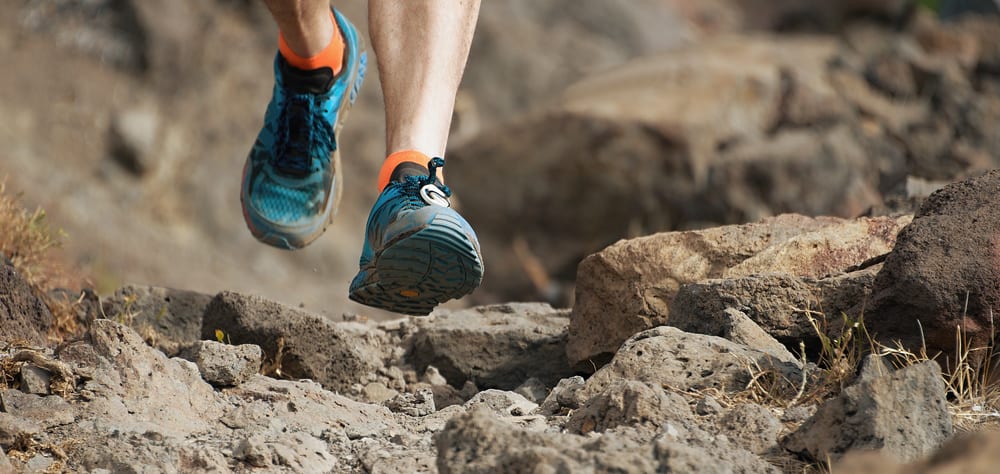
Trail Shoes are designed for those runners who prefer to run in off-road settings.
Trail shoes usually have deeper treads for better traction and usually have greater stability than regular running shoes.
Cross Training Shoes
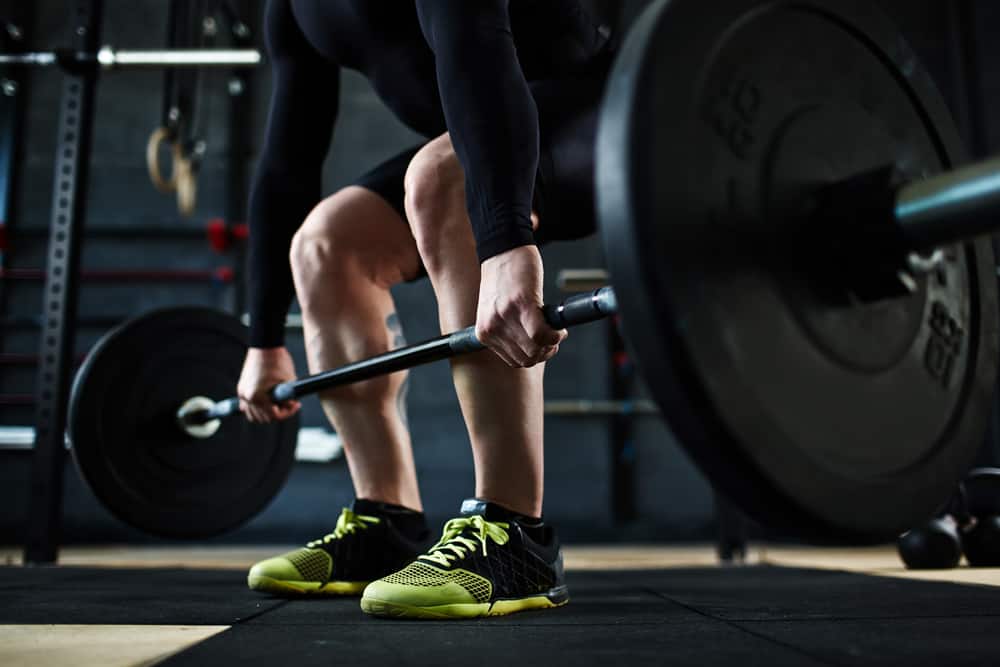
Cross training shoes are designed to be used for different sports utilizing one pair of shoes.
This type of shoe is usually not desirable for runners who run more than 4 or 5 miles a day.
Cross trainer shoes are usually made of a combination of some type of mesh-like fabric with pieces of leather enmeshed in the fabric.
Cross training shoes often have some type of tread that is part of the sole and which is not ideal for use on tennis or basketball courts.
Court Shoes
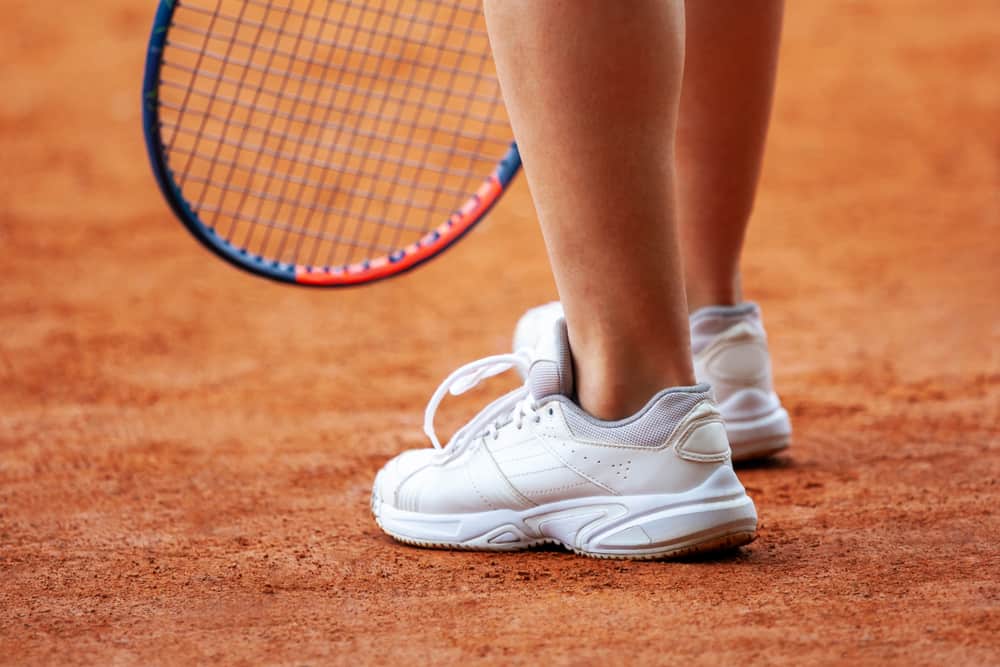
Court shoes are usually made of pliable leather and have a solid tread which allows for easy movement on tennis courts, basketball courts, and volleyball courts.
Court shoes typically have either a low, below the ankle cut, or are high cut.
They are designed to provide stability outside and inside with movements in all directions.
Walking Shoes
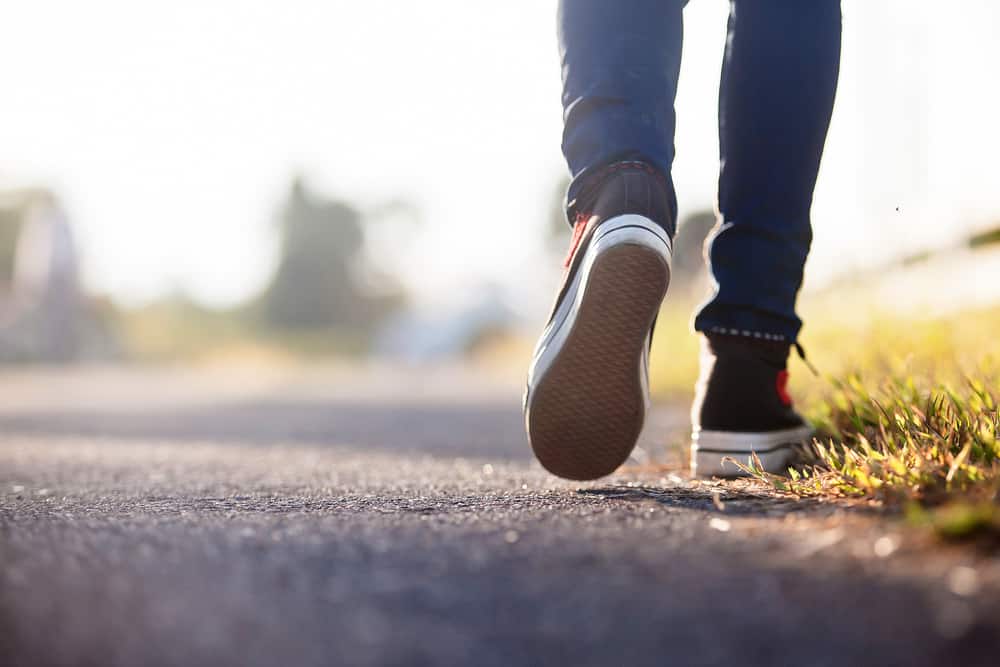
Walking shoes usually have a high degree of stability with a smooth tread, a supportive arch, and excellent shock absorption.
Since walking requires the gait to be in a heel-to-toe pattern, walking shoes require a strong supportive shoe with a stable counter.
Cleats
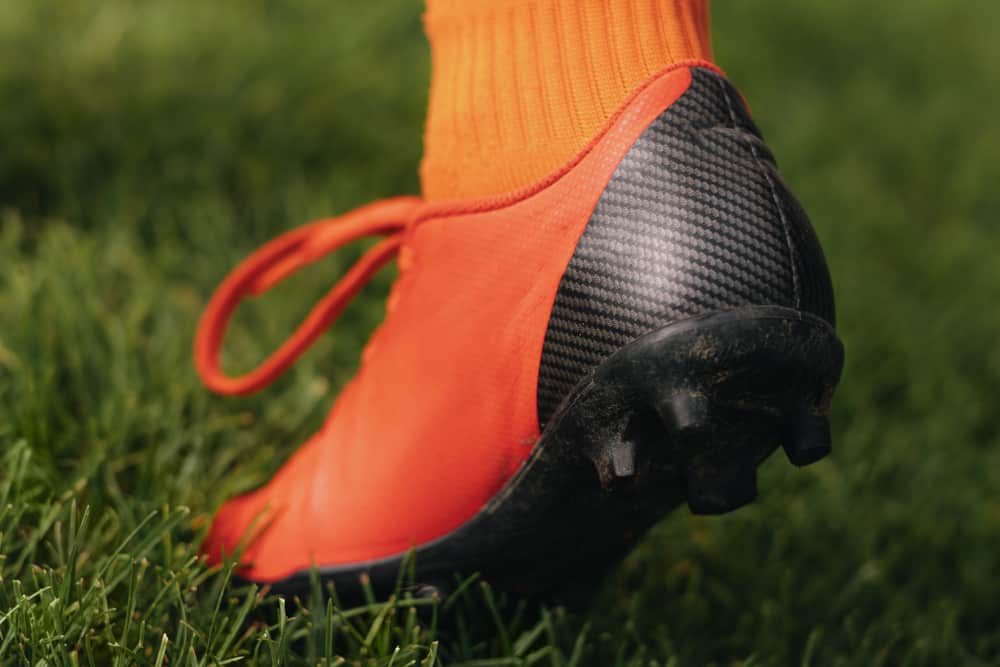
Cleats are used in many sports such as football, baseball, soccer, and lacrosse.
Cleats are made out of either hard plastic or steel in order to provide traction when running on soft turf or on grass.
Cleats that are used for soccer tend to have a tighter fit and are usually made out of soft leather.
Football cleats have a central toe cleat that helps with traction when cutting across the football field.
Baseball cleats usually have longer and narrower cleats on the sole of the baseball shoe which are usually made of steel rather than plastic.
Hiking Shoes
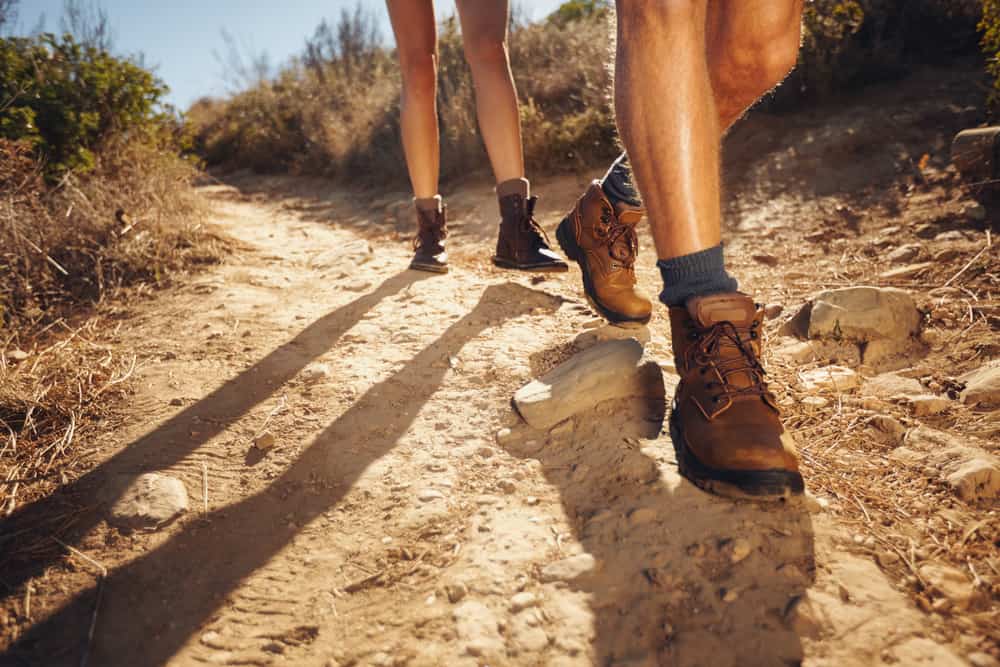
Hiking shoes require both stability and comfort as well as a good tread to enable ambulation up difficult terrains.
Hiking shoes usually lace high up on the foot for greater stability.
Skates and Ski Boots

Skates and Ski Boots are usually customs molded to the feet and have supportive arches for additional stability.
Cycling Shoes
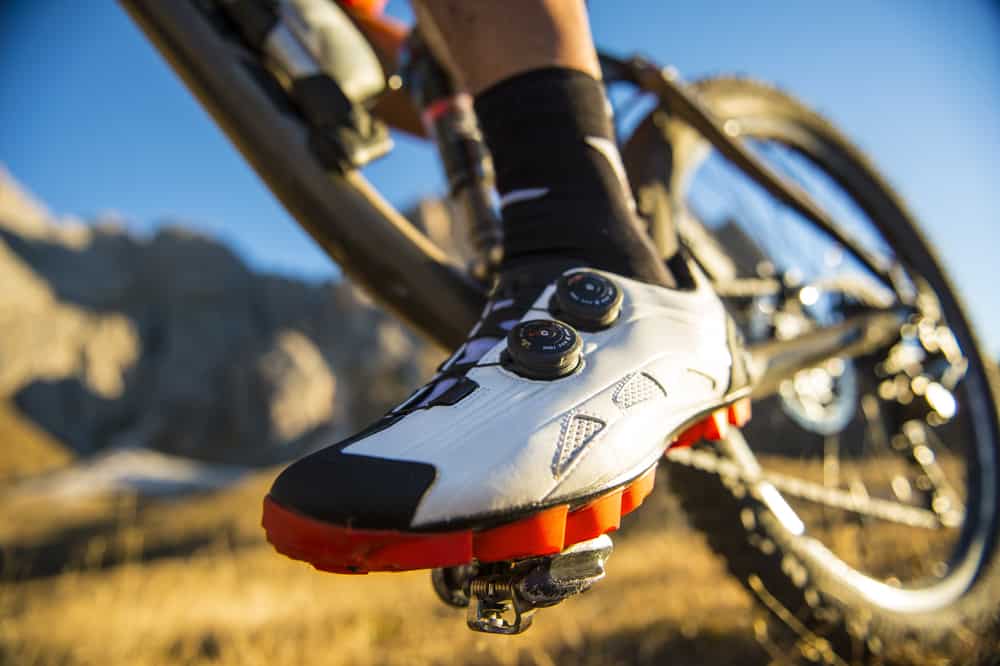
Cycling shoes usually fit tightly on the foot and have a good stable arch.
Golf Shoes
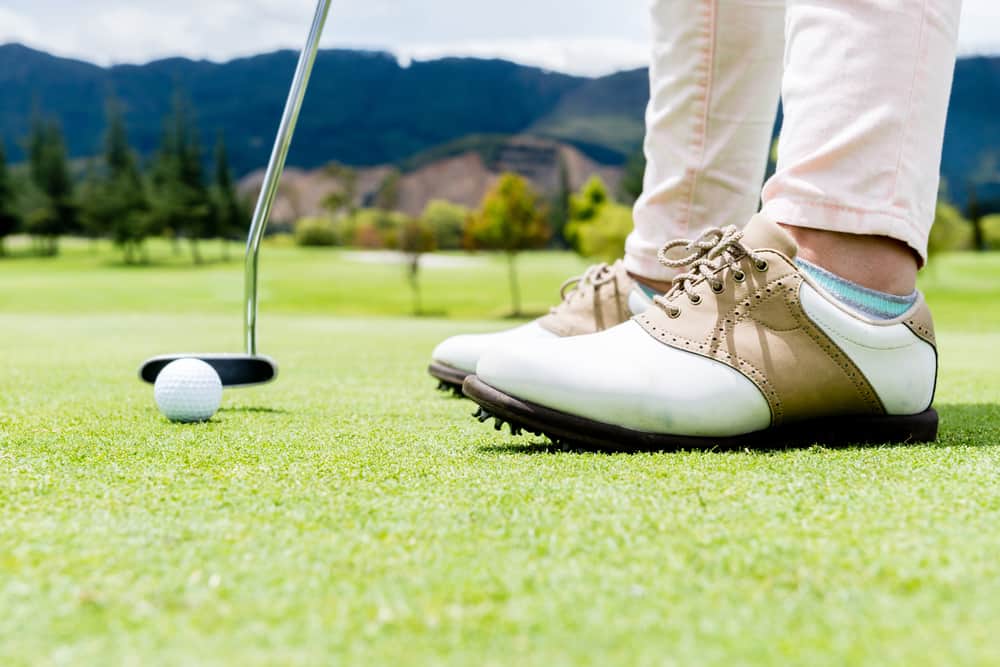
Golf shoes have short cleats that help plant the feet to prepare for a solid golf swing.
Frequently Asked Questions About Types of Athletic Shoes
What is the general definition of a running shoe?
Running shoes can be defined as shoes that generally are made with a heel and sole that are higher than normal and which are designed to flex with the runner’s foot for maximum performance.
What is the normal lifespan for a running shoe?
The normal lifespan for a running shoe is usually from three hundred to five hundred miles but does vary depending on the runner’s weight and the type of running terrain.
Can You recycle your running shoes?
You can recycle certain parts of your running shoes but these specific parts do need to be recycled separately.
Can You Use Running Shoes for Aerobics?
Running shoes are not the best shoes for aerobics as they do not usually offer the lateral support that is needed for sidewise movements and frequent, sudden changes in direction.
Can You Use Running Shoes When Playing Basketball?
Running shoes do not offer enough lateral support for the many quick changes in direction when playing basketball.
What is Cross Training and Can You Use Running Shoes When Cross Training?
Cross training https://www.runnersworld.com/beginner/a20825882/a-beginners-guide-to-cross-training/
is training in additional sports besides your main sport to help build strength and endurance.
Can Running Shoes be Used for Hiking?
Running shoes usually do not have enough cushioning to be used for hiking especially on steep terrain.
Can Running Shoes be used for Tennis?
Running shoes usually do not provide the amount of lateral support needed for the side-to-side movements necessary in tennis.
What is Gait Analysis?
Gait analysis is a scientific analysis of how your feet contact the ground when running to determine the best type of running shoe to provide the most comfort and stability for your feet.
What is Pronation of the Foot?
Pronation of the foot is the term used to describe the movement of your as it rolls inward as your foot strikes the ground.
Where to Buy Athletic/Running Shoes
It is very difficult to buy running shoes online for obvious reasons such as the inability to actually try them on in order to check fit and comfort.
Usually, the best place to start your search for the perfect running shoe is at your nearby running store where an expert can analyze your gait and determine the best running shoe for your individual needs.
If you do know exactly what running or athletic shoe you are looking for, Amazon.com can provide quick service at an affordable price.
Other retail stores such as Foot Locker have the latest in running and athletic shoes in many colors and styles and usually have experienced salespeople who can help out with fitting and gait analysis.
If you are shopping brand-specific running or athletic shoes such as Nike, New Balance, Brooks, or Asics you can go to the specific brand websites or can visit their retail or outlet stores in nearby malls.
Dick’s Sporting Good is another excellent source for top brands of running shoes and cross trainers such as New Balance or Nike and usually has the latest styles and designs in stock in many widths and sizes.
Kohl’s also has a full line of the newest running and cross-training shoes such as Nike and New Balance.





